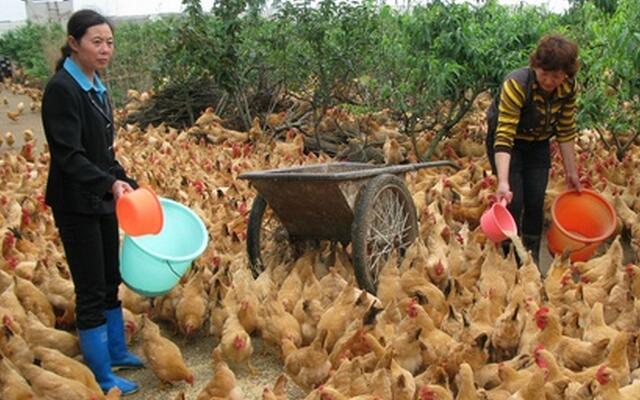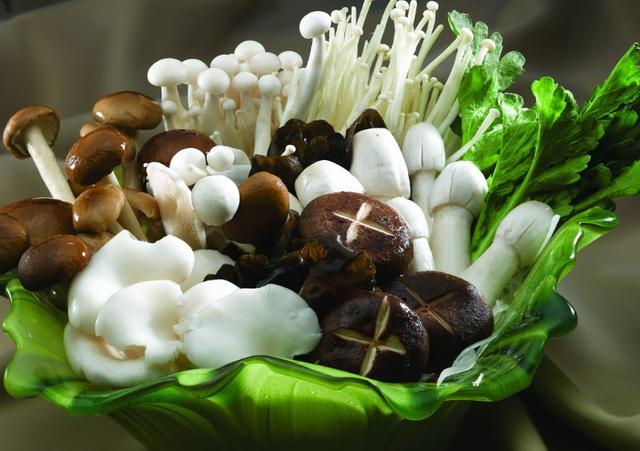Apple production around the world says that Apple lost a lot of money last year, but it wasn't just in China!
Apple inventories in Europe are currently low, which is good news as the new Apple season approaches. Inventories are low in Italy and the UK. Mexico's lifting of import tariffs on US apples has cheered US exporters, while Mexican growers and traders have come under pressure. The apple season in Israel is expected to be fraught with difficulties, and the outlook for the apple season in Latin America is also bleak.
According to the latest European data on May 1, 2016, the current inventory of apples in Europe is 1385257 tons, an increase of 100000 tons over last year. Golden Crown is one of the best-selling varieties and its inventory is lower than last year. Stocks of snake fruit and Fuji are also lower than last year. Poland is one of the countries with the most significant increase in apple inventory, with an increase of 75000 tons over the same period last year, mainly for Idared varieties. This variety was previously exported to Russia.
Experts expect Europe to produce 12.2 million tons of apples next season, down 1.4 million tons from last year, mainly due to reduced production in Poland, Hungary and Italy.

The price is lower in the Chinese market.
China's apple season is coming to an end this month, and new output will not be available until September. Apple prices are low this year, prompting an increase in demand from neighboring countries.
Apples imported into the Chinese market mainly come from New Zealand, Chile and the United States. China is expected to import about 100000 tons of apples this year, almost twice as much as last year. At the same time, production is expected to increase by 2.1 million tons to 43 million tons. Since last spring, China's regulations on apple imports from the United States have become less stringent. Chinese manufacturers are trying to distinguish between new or existing labels and imported products. Many people in the Dutch Arbor industry will breathe a sigh of relief at the end of the season. The output is very high this season, but the market is not good. As far as the Apple market is concerned, Jonah King's trade is very slow, the Elstar Apple market is good, and the Boskop Apple season is over. Boskop Apple prices rose slightly at the end of the season, but that did not offset previous poor market performance.
Jonah King apples range in price from 25 to 55 euro cents, depending on size and quality. Traders do not expect Jonagin's price to rise any further. The largest Elstar apples cost between 70 and 90 euro cents, while smaller ones hover between 25 euro cents (60 yards) and 50 cents (65 yards).
The Belgian tree fruit market is relatively calm.
The demand in the Belgian market mainly comes from summer fruit, so the tree fruit market is calmer, with lower sales and lower prices than in winter.
The best quality Jonagin (75 yards) costs 65 euro cents per kilogram, while the big apple costs less than the smaller one. Jonakin is still a popular breed in Belgium.
Traders can only guess the remaining inventory, and the Ministry of Agriculture and Fisheries cannot provide accurate data. Overall, Belgium's inventory is estimated to be lower than that of the Netherlands. As Russia's borders remain closed, many growers fear bankruptcy. Because it takes a long time to invest in new markets, and most fruit growers cannot afford the cost during this period.
On the other hand, Belgium is working hard to develop its export industry. Recently, a large trade delegation from the country visited India, including some large trading companies and auction houses. According to some traders, the Indian market is even more attractive than Canada. Last year, the country exported about 50 to 1000 containers of Apple to India.
The UK can supply apples almost all the year round.
The stock of apples in the UK is 700 tons, which is good news for the apple industry as the new apple season approaches.
Apple production increased by 10 per cent last season (2016 / 2015), and as storage technology improves, there is still a stock of apples, which means the UK is gradually able to supply British apples all year round.
Although Galapin is generally recommended to be available after a month in the late 1990s, these apples are still on sale. The country is still planting new fruit trees to get enough apples. One trader said that by ensuring more effective cooperation in the production and distribution chain, it could help growers reduce costs and increase profits without raising prices.
In addition, the UK is entering new markets in the Middle East and the far East. Exports of British apples have increased on the basis of last year. In addition, the retail prospect of the new Red Prince variety is very broad.
France expects smaller production according to statistics from the French Ministry of Agriculture, French apple production will drop slightly this year, to about 1.56 million tons, about 2% lower than last year, but these estimates do not take into account possible damage a few days before the start of the harvest.
Provence-Alps-Cote d'Azur and the Loire Valley are the two largest apple-growing areas in France, and production is expected to be stable. Another planting area, Aquitaine, lost 10 per cent of its production, while 9 per cent of apples in the Centre and Limuzan planting areas were damaged. This is due to the impact of bad weather during flowering, and Limuzan's flowering season has been delayed by 8 to 10 days.
In addition, production also declined slightly in the following regions: South Pyrenees (- 4%), Rhone-Alps (- 2%) and Languedoc-Roussillon (- 2%). Total output increased by 5% to 1.6 million tons last quarter.
Spain attaches importance to high-altitude cultivation. Catalonia still has 33900 tons of apples in stock on May 31, which is the main apple producing area in Spain, accounting for 60% of the total output, followed by Aragon, accounting for 21% of the total production.
Prices have risen slightly in the past four weeks, but around 40 to 45 euro cents (large boxes) per kilogram. Although most Catalan apples are usually used for export, demand in the domestic market is also high.
Many apple-growing areas in Spain are located at high altitudes, and apples grown in this area sell well in the Spanish market. The trend of growing apples at high altitudes will be more pronounced in areas such as Soria over the next two years, where there are suitable planting conditions for these varieties.
The first batch of Galapin and Kim Reinder is expected to go on sale in August.
Italy is optimistic about Apple season with the start of the sales season, Italy has sold more than 1.7 million metric tons of apples, accounting for 87% of total production. The country still had 263202 tons of inventory on June 1, according to the Assomela marketing committee.
- Prev

Farmers, please pay attention! These feeds cannot be fed directly to livestock and poultry!
Farmers, please pay attention! These feeds cannot be fed directly to livestock and poultry!
- Next

This sunrise industry has a low threshold and good efficiency, with a net income of 300000 a year!
This sunrise industry has a low threshold and good efficiency, with a net income of 300000 a year!
Related
- A course of planting techniques and methods on how to grow carrots
- How to plant the latest tulips?
- Is it better to pick tea in the morning or in the afternoon? When is the best time for tea to be picked? what is the third or fifth tea?
- Launch Yuanxiao Happy combination Haocha + Tea Yuan healthy Taste
- Penghu Tourism "Fireworks 20 Parade with You"
- 2022 West Lake Happiness holds "Digital Revitalization Voucher" and draws iphone13 and laptop.
- Banqiao Fuzhou social houses are designed to change start-up combined with police elimination to create a safe and livable environment
- The convenient measure of "mechanical weeding" in Xinbei has been abused and the Agriculture Bureau has imposed heavy penalties on the illegal land consolidation.
- Changgeng University Joins Hands with Four Memory Factories to Rescue Memory Talent Shortage
- The list of Taiwan's top 100 MVP managers is listed by the Director-General of the Farmers' Association of Sanxia District.

